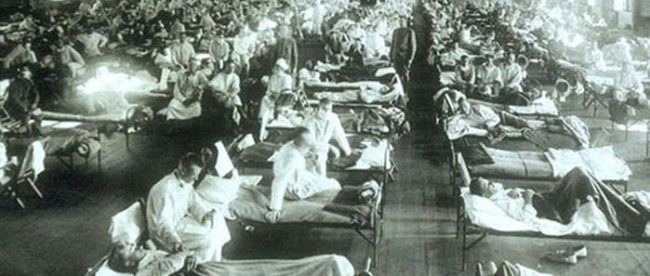The Fake Illness That Saved Lives

In July of 1943, Italy’s role in World War II pivoted dramatically. Allied forces landed in Sicily, successfully invading the then-Axis power. Before the month was out, Italy’s fascist prime minister, Benito Mussolini, was no longer in charge and, instead, was under lock and key. His own Grand Council of Fascism censured him with a vote of no confidence; in response, Italy’s King Victor Emmanuel III removed him from office and had him arrested.
The king and the new government began armistice talks with the Allies shortly thereafter, but that took time, and in the interim, the king and new leadership fled to the south, hoping to avoid the Germans. This gave Germany the chance to occupy Rome, which they held until the middle of 1944.
All told, the German occupation of Rome lasted for only about nine months. But for the city’s Jewish population, that was a dangerous, and typically deadly, time. According to the United States Holocaust Memorial Museum, of the 12,000 Jews living in Rome in September of 1943, nearly 2,000 were deported to and murdered at Auschwitz.
But for the heroics of some fast-thinking doctors, that number could have been higher.
The 10,000 or so Jews who survived the nine-month ordeal did so by fleeing into the Vatican, which was neutral during the War, or to other Catholic outposts in the area. Some ended up at Fatebenefratelli Hospital on Rome’s Tiber Island, an institution run by the Church since its founding in the mid-1500s. Reports vary, but between two dozen and one hundred Jews took refuge within its walls. But the Nazis didn’t respect that boundary. In October, the Germans entered the hospital, demanding that the doctors turn over the Jews, mostly children, in their care.
Three of the doctors — Adriano Ossicini, Vittorio Sacerdoti, Giovanni Borromeo — came up with a plan: write on the refugees’ charts that they were afflicted with a condition called Syndrome K — a disease which, to the layperson, appeared to be highly contagious, and best avoided. But in reality, it was entirely innocuous — it was fake. As Quartz explains, “the disease did not exist in any medical textbook or physician’s chart. In fact, it didn’t exist at all.” Quartz continues:
The fake illness was vividly imagined: Rooms holding “Syndrome K” sufferers were designated as dangerously infectious—dissuading Nazi inspectors from entering—and Jewish children were instructed to cough, in imitation of tuberculosis, when soldiers passed through the hospital.
The idea was that the Nazis entering the hospital would let the Jewish children be; even though the German soldiers were under orders to seize and deport them, self-preservation, the doctors hoped, would trump such cruelty.
And, as Dr. Sacerdoti would explain to the BBC decades later, the plan worked: “the Nazis thought it [Syndrome K] was cancer or tuberculosis, and they fled like rabbits.” As a result, a few dozen people, otherwise doomed, were spared.
Bonus fact: There is no letter K in the Italian alphabet, at least not usually. K and four other letters in the English alphabet — J, W, X, and Y — are typically only used in loanwords, which foreign-language words which have become part of the Italian parlance (e.g. “kilo”). (Syndrome K was named for Albert Kesselring, the German commander who ruled Rome during the occupation.)
From the Archives: The Epidemic That Saved Lives: A similar story.
Related: “The Order Has Been Carried Out: History, Memory, and Meaning of a Nazi Massacre in Rome” by Alessandro Portelli. 4.9 stars on seven reviews. Here’s the description from Amazon: “On March 24, 1944, Nazi occupation forces in Rome killed 335 unarmed civilians in retaliation for a partisan attack the day before. Portelli has crafted an eloquent, multi-voiced oral history of the massacre, of its background and its aftermath. The moving stories of the victims, the women and children who survived and carried on, the partisans who fought the Nazis, and the common people who lived through the tragedies of the war together paint a many-hued portrait of one of the world’s most richly historical cities.”
